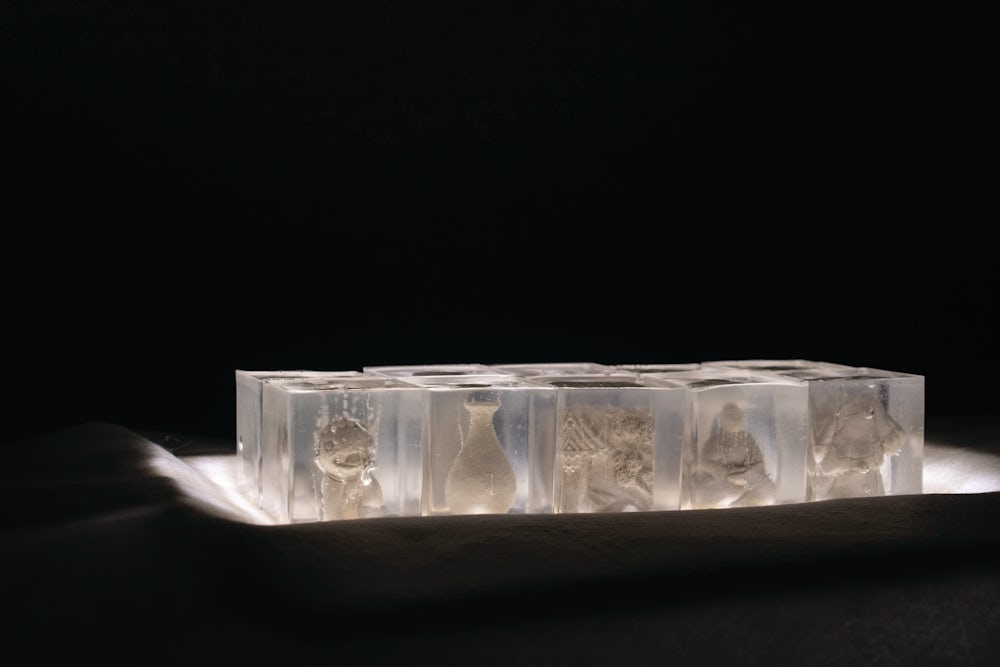My colleague Chen and I approached a quaint cottage, nestled amongst the tranquil villages in outer Shanghai, far from the glamour and sophistication of the global metropolis. Out in the vegetable garden, a gentle old lady greeted us and invited us in. She warned of the structure’s crumbling state, blemished by the wounds of the past, as we crossed her chambers into the courtyard. Ignoring the new air conditioning unit, the house sat essentially untouched for a hundred years. The lady again warned of the collapsing roof and pointed to the tiles. Vivid memories were recalled of the elaborate clay carvings that once lined the roof. Chen and I gazed up around the roof tiles and found that parts seemed to be missing, deliberately forced off the original design. Those tiles, she elaborated, were shattered during the Cultural Revolution.
These tiles were originally designed to direct rain away from rammed earth walls. In the shift to water resistant brick construction, their function diminished and became ornaments for the wealthy and powerful. Drawing upon the contested histories of such artefacts during the Cultural Revolution, my work uses clay ; as a malleable, blank canvas that hosts the stories held by such objects. In this manner, this project is set to revive the innocence of clay, recreating a collection of targeted artefacts. The process of creating the clay objects then acts as a medium through which the stories are shared, repairing the damaged relationships between societal values and the artefacts, preserving history for the future generations.








